Tabo Monastery is located in the Tabo village of Spiti Valley, Himachal Pradesh, northern India. It was founded in 996 CE in the Tibetan year of the Fire Ape. by the Tibetan Buddhist lotsawa, Rinchen Zangpo, the king of western Himalayan Kingdom of Guge. Tabo is noted for being the oldest continuously operating Buddhist enclave in both India and the Himalayas.

Architectural Relevance of This Shrine
Tabo Monastery now has nine temples, four decorated stupas, and cave shrines. The paintings date to the 10th-11th centuries for the main temple, 13th-14th centuries for the stupas, and from the 15th to the 20th centuries for all the other temples. Yeshe-Ö and his two sons when they built the monastery in 996 AD blended the provincial and regional characteristics with that of India and Central Asia. One particular feature mentioned in this regard is the iconographic themes of non-Buddhist traditions emanating from the protectress deity Wi-nyu-myin. The main temple is conjectured to represent the entire Vajradhatu Mandala.The monastery has a huge collection of manuscripts and Pramana texts, which were filmed between 1991 and 1998
By Road
Regular bus services ply to and fro the city of Spiti Valley. They operate on a daily basis, whether day or night, from places like New Delhi, Pathankot, Shimla etc.
By Rail
There is no direct rail connectivity to Spiti Valley. Pathankot railway station is the nearest railway station to the site, around 500 km away from the same.
By Air
The Nearest Airport is Chandigarh Airport 211 km from Spiti.
Events Celebrated at This Shrine
Many festivals are held in the precincts of the monastery. The Tibetan monks perform traditional Buddhist and regional songs and dances. The most popular religious festival held here is the Chakhar Festival, which is dedicated to the peace and happiness of all. This is held every three years, usually during September or October. On this occasion, religious masked dances, songs and general festivities are the main events.

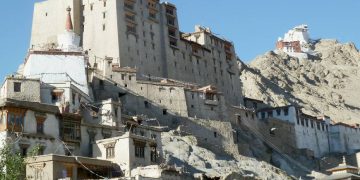

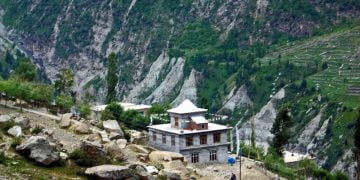
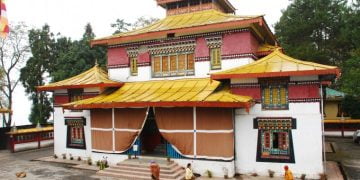

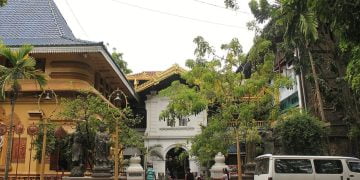
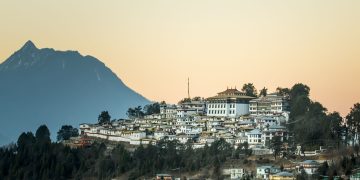
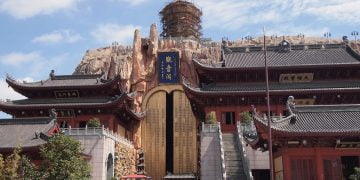
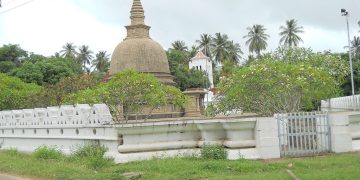
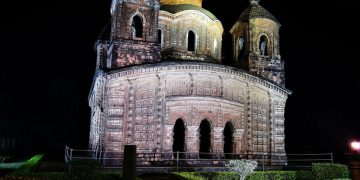
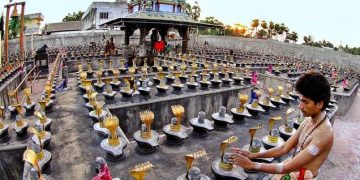

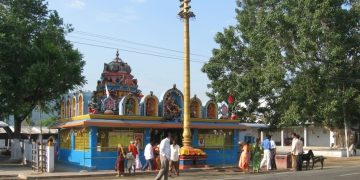
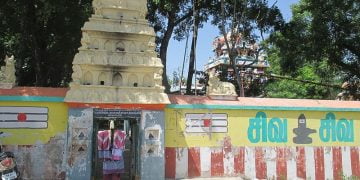
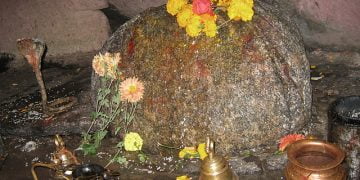
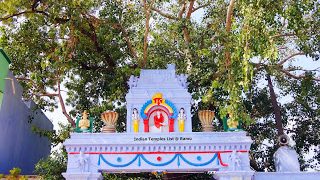
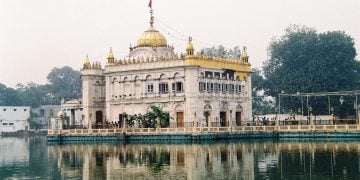
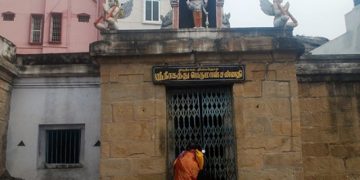
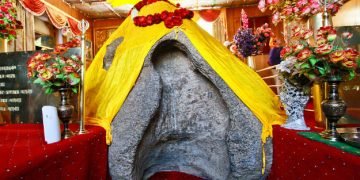
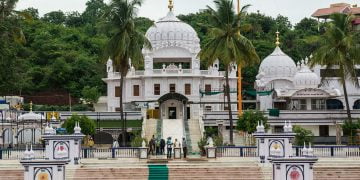

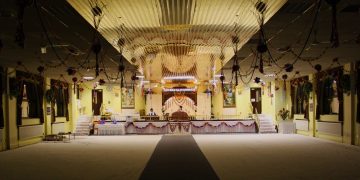
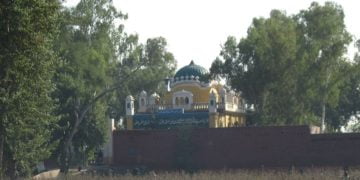
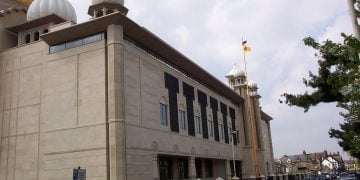
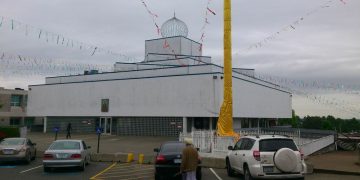
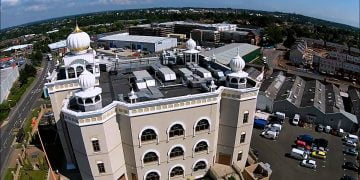
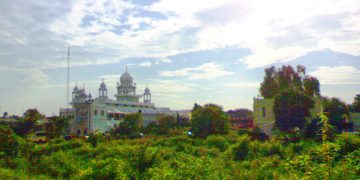
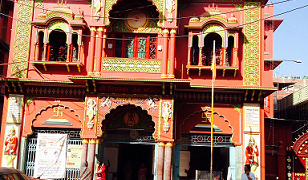
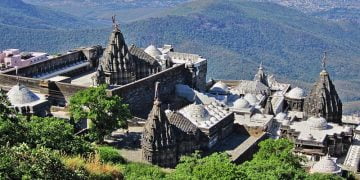
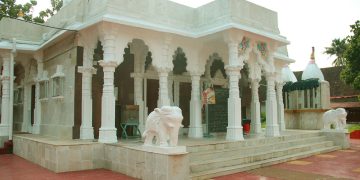
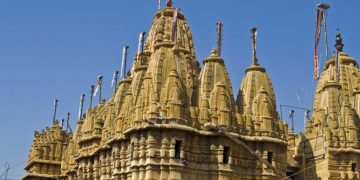
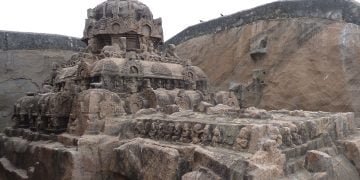
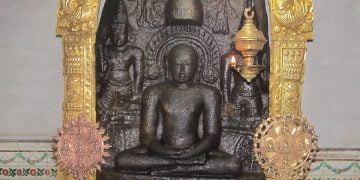
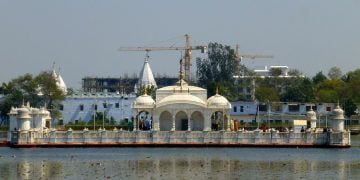

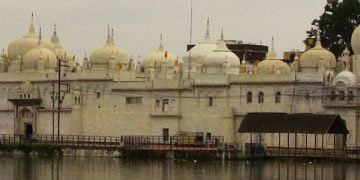



Discussion about this post